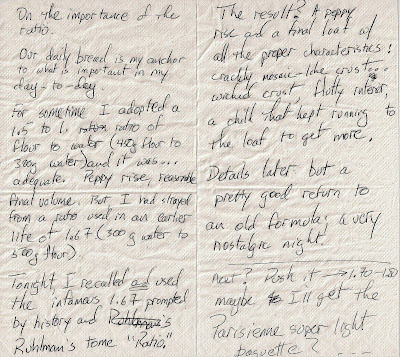Got some freebies the other day from Michele at The Olive Orchard, curators of olive oil located in our fair metropolis. The staff here at weber_cam are cheap, but not easy, we do not varnish our opinions. I told Michele if we in the test labs didn't like the product, we'd say nothing and cast the samples back, with anger. Not the case. Pictured here, arranged like Stonehenge, are their 5 bottle sampler of flavored oils and a larger bottle of extra virgin olive oil.
To use these I decided to make something simple to highlight the flavors of the oil. I've been reading about low carb diets (hence the beef jerky) which sent me into a frenzy of anticipatory anxiety at the thought of losing carbs in my life. Henceforth, I am disregarding any health information gleaned from said reading and will be joining a local monastery to survive on beer and bread while wearing a less than flattering, yet slenderizing robe (sorry @TheOtherZach). I will, however, make my carbs as complex as possible (porter in place of lager). To that end, the recipe I'm using is a simple lunch salad that's wicked easy. It's been developed and varied this week. I used both the basil flavored olive oil and the lemon flavored oil in two different salads.
A bulgur salad for work
bulgur, 1/3 cup
water, 2/3 cup
olive oil, 2T
cider vinegar, 1T
salt and pepper (not much)
+ anything else you like
Procedure
Mix everything the night before or in the morning. Bulgur doesn't need to be hydrated by hot water, room temp is just fine and easier. By lunch it's pretty wonderful.
I made this salad with only the first 5 ingredients (salt and pepper is one) using the basil oil. The basil flavor was surprisingly bold, even in a chilled salad. The basil flavor was even more pronounced at room temperature. When I made the salad with a few additions, pine nuts, slivered carrots, etc., I used the lemon olive oil and it was killer. The lemon oil is not something I'd have bought for myself, but I'm lucky to have had the chance to try it. Might be a fun gift to give.
I am saving the evoo for a special bread and salad night, simple dipping is the only event in its future. Can't wait.
 |
| the henge of oil |
 |
| ingredient labels like this are too rare |
 |
| sorry, my images are not good today |









